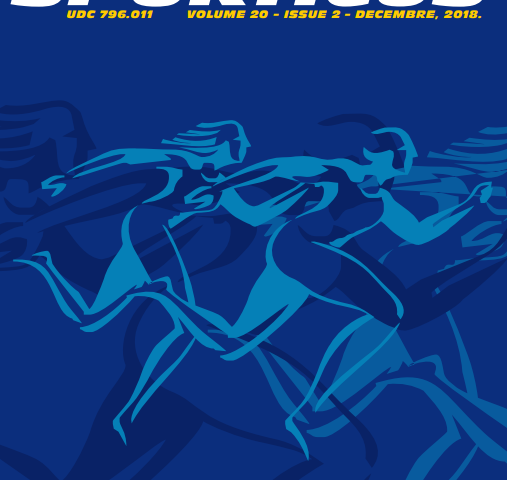Abstract
The objective of this study was to determine position-related differences in the amount, intensity and speed of movement in elite football players. The variables describe the amount, intensity and speed of movement of the players when in possession of the ball, when not in the possession of the ball, and when the ball is out of play. A random selection of 150 players (30 for each playing position, goalkeepers excluded) from a population of 226 players drawn from the 32 national teams that have participated in the 2010 World Cup finals in South Africa, and have played at least 250 minutes in 3 matches. Univariate analyses of variance revealed significant positional differences in total distance covered, the greatest distance being covered by defensive midfielders (10.50 km) and offensive midfielders (10.39 km). Defensive midfielders (4.2 km) and forwards (4.0 km) covered the greatest distance when their team is in possession of the ball, and defensive midfielders (4.45 km) when their team is not in possession. When the ball is out of play there are no statistically significant differences between particular types of players. With respect to the intensity of activity, we observed that the forwards spend the most time in low intensity activities (54.01 min), defensive midfielders in the medium intensity activities (6.20 min), while the offensive midfielders spend the most time in high intensity activities (6.51). These results could be useful to coaches and performance specialists when designing position-specific training and conditioning programs.


